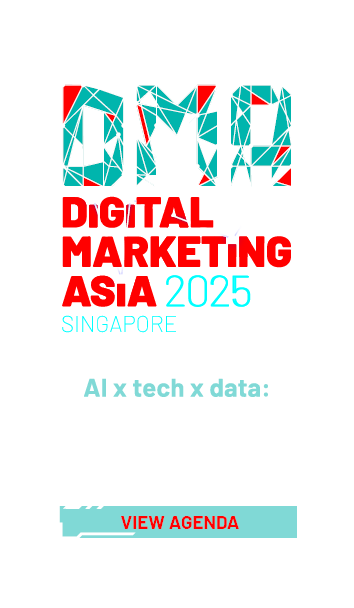



The Never-Setting Beauty of the East
share on
How does Shiseido Group continue to thrive after 140 years? With the right human touch, reports Joyce Yip.
When Esther Kwong first came into Shiseido Hong Kong in 1998, the label’s multi-brand strategy had just taken off with hair styling products and another skincare and makeup line catered to a younger crowd.
Her recruitment saw the arrival of Elie Saab, Jean Paul Gaultier, Ipsa, Narciso Rodriguez, and since last year, American makeup and skincare brands, NARS and Bare Minerals, to name, but a few.
“In 1999, Ipsa came; 2001 was Clé de Peau Beauté (CDBP); 2005 was Shiseido Men, and this year, we brought in Bare Minerals – its foundation is really good, it’s the one I use every day now,” says the president of Shiseido Hong Kong, not even giving her interview notes a glance – her finger moving around the brand catalogue like a mother counting her children.
Celebrating Shiseido’s 141st birthday and her 15th year at the company this year, Kwong stands in an age where fierce competition, anti- Japanese tensions from the mainland, rising rent and labour costs as well as threats to expand into digital realms, are charging at her. But, like her Japanese colleagues, Kwong keeps her poise, taking pride in Shiseido Group’s strong heritage and its value for genuine interaction with its customers. Founded in 1872 based on the mantra of “creating beauty and wellness”, the Shiseido Group has strived to boost both women and men’s confidence as well as well-being through products and techniques.



And to do that, human interaction is the key.
“History doesn’t mean anything if it’s just numbers, but we have a heritage and history that my staff and I are proud of,” Kwong says. “We incorporate all of our beliefs into our customer service strategy: the goal is to make our customers pretty, not just make the sale because that will only get immediate cash but not a long-term relationship with the customer.”
This human interaction and bequeathal of values not only build the foundation of Shiseido’s marketing strategies, but it also explains the group’s rather lethargic development in the digital world.
Although most of the brands in the family have a social presence, a lot of these efforts promote communication in an all-or-nothing approach: Japanese-based skincare line AquaLabel, for example, launched the “Ms Aqua Chatroom” – a platform for users to liaise with beauty consultants; while CDBP, one of Shiseido’s top-tier lines, doesn’t even have a Facebook account.
“The problem with digital is that you don’t get to see the customer; it worked for AquaLabel because that’s the young clientele we’re targeting; for CDBP, our positioning is more one-to-one, it’s about information, real interaction and really giving our customers an in-depth understanding of what it is,” she says. “Every brand is different even though they all grow together with the same philosophy: they each have different personalities, strategies and audience – and the same should go for their weight in various advertising platforms.”
But with the new members in the family – NARS and Bare Minerals – Kwong is hoping to up their digital presence so they can compete head-to-
head with their global counterparts, which have already set up Facebook collaborations, tutorial videos and discussion boards.
The problem with digital is that you don’t get to see the customer. We're about information, real interaction and really giving our customers an in-depth understanding of what it is
Esther Kwong
president of Shiseido Hong Kong
“Hong Kong still has a long way to go to become active in the digital world, but we’re getting there. We eventually will get there.”
But for now, these two new recruits will see more distribution channels in the city with a chance for pop-up stores and road shows, which was the secret ingredient that gave success to Shiseido Men in 2005 – one of the “most nerve-racking” debuts in Kwong’s roster.
“Will they buy it? How should we approach them? Will they be shy to come to us? Do they like beauty at all? These were some of the many questions we had running through our heads when we first pushed our men’s line,” she says, adding she was pleasantly surprised after the campaign launch.
“Obviously the interest is not as high as our female customers, but all it took was really getting to know our customers and talking to them. Beauty belongs to everyone, not just women.”
Also riding on this concept of universal beauty is Shiseido Group’s new global CSR umbrella, Mirai Tsubaki, which translates to camellia of the future and encourages each region to conduct community projects surrounding the environment, females and arts and culture. But even before the global push for “good”, Shiseido Hong Kong has been doing its part by giving beauty workshops for underprivileged young females with Tung Wah Group; makeup services for the elderly; a make-up fundraising marathon for a summer school programme for the elderly at Po Leung Kuk; hand massages for hospital patients; and, most recently, a ceiling painting workshop with NGO Art in Hospital, where Shiseido employees painted panels that will be mantled on top of patients’ beds.
“Beauty is a global concept: it’s not just for our consumers, so as a corporation, our goal is to bring wellbeing and beauty to society,” Kwong says. “To the elderly, for example, we want to teach them the concept of ‘successful ageing’, and hospitals are always our top priority.”
Although she admits her biggest headache remains the threat from her competitors, she says the group is growing on a steady track, despite the bear market.
“Business is never easy: but Shiseido is unique, our heritage is unique, and you can’t find our values and human touch anywhere else.”
share on
Free newsletter
Get the daily lowdown on Asia's top marketing stories.
We break down the big and messy topics of the day so you're updated on the most important developments in Asia's marketing development – for free.
subscribe now open in new window
